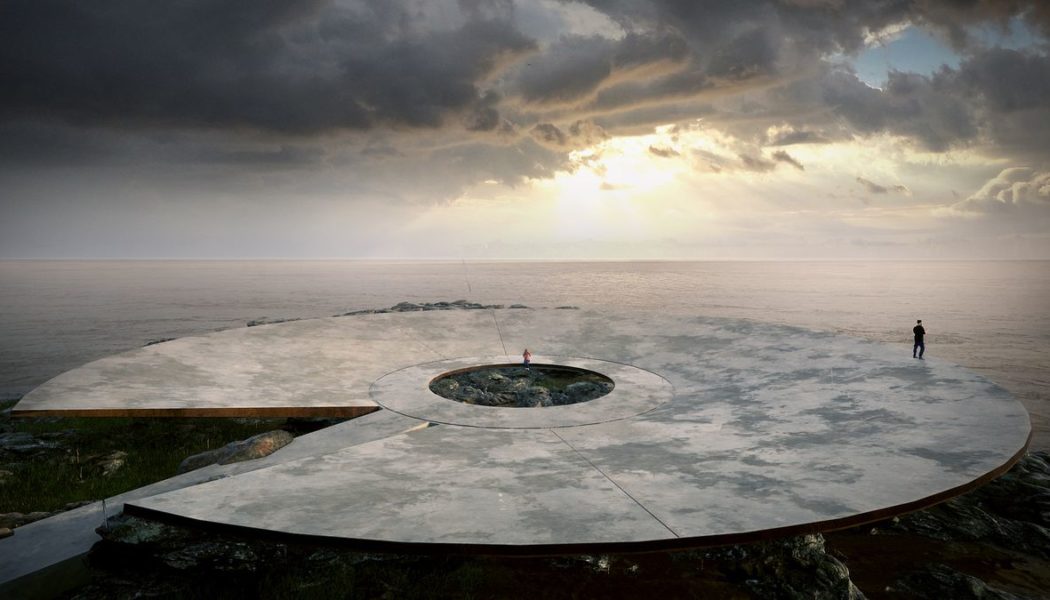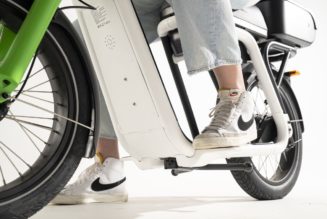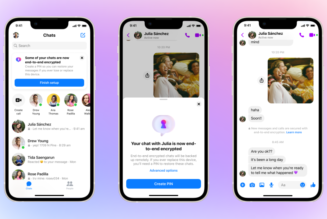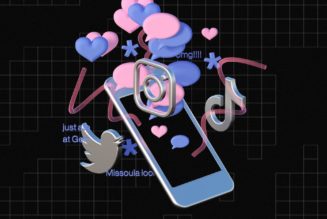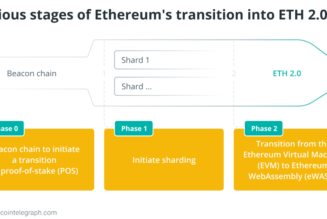How can we possibly memorialize the brutal toll of COVID-19? It’s something I’ve been thinking about this week. The US observed Memorial Day on May 31, honoring people who died in military service. Artists, politicians, and activists are now starting to think about how to memorialize the more than 3.7 million people around the world who have died of COVID-19.
Temporary memorials have already sprung up over the past 18 months, with flags, painted hearts, and pictures honoring the dead. But plans for new, more permanent memorials are starting to take shape. Some are massive structures, others are quiet gardens, and still others will be incorporated into spaces already dedicated to memorializing people who have died. In the UK, plans are being discussed for a memorial in London at St. Paul’s Cathedral. Last August, a team in Uruguay announced plans to build a large-scale memorial to the pandemic in Montevideo.
:no_upscale()/cdn.vox-cdn.com/uploads/chorus_asset/file/22639357/01_MMP_IMAGEN.jpeg)
Whatever form those memorials end up taking, they’ll occupy a unique place in the memorial landscape. Compared to other tributes, disease memorials are relatively rare. There are almost no memorials to the millions who died during the 1918 flu pandemic, and the few that do exist were only installed recently.
Unlike diseases, wars, attacks, and disasters are usually finite, tied to a particular place, or a defined time. Memorials to those kinds of events can be set up at specific places. Diseases, on the other hand, can be more pervasive, spreading throughout whole regions or populations. There’s no equivalent to Ground Zero for COVID-19, just like there wasn’t for the flu that ravaged the world in 1918.
Many diseases are also stigmatized, making them harder for people to talk about. In the past few decades, public memorials have helped break through that stigma. Forty years ago today, the first reports of a different epidemic — HIV/AIDS — were published by the CDC. The disease tore through the gay community, and homophobia and fear left patients and their loved ones ostracized. The AIDS quilt, first displayed in 1987, showed the world the devastation of the epidemic, and helped pressure officials to do something about the disease, instead of ignoring the growing death toll.
COVID-19 memorials are being built in a different environment than the ones built by AIDS activists in the 1980s. Research into COVID-19 is well-funded, and the societal pressures between the two are nothing alike. What they do have in common is a need for a space to mourn.
Other deadly outbreaks have shown that establishing memorials can be a part of helping societies heal after devastating and disruptive loss. As a part of efforts to combat Ebola, experts recommended that memorials be established in affected regions, to give communities a safe space to mourn their dead. Cemeteries and memorials for people who died of Ebola were established in Liberia and other countries. Similar plans could help comfort people grieving loved ones lost to COVID-19, who may have had to forgo funeral rituals during the pandemic.
Some COVID-19 memorials are already taking shape, from gardens and parks to steel statues. Others may take longer to come together. Advisory committees are being set up to plan for memorials across the US, from California to New York. Ideas for a COVID-19 memorial in New York City at the city’s public burial grounds are still in their infancy (The city’s sanitation department — hard-hit by the pandemic — recently unveiled its own memorial).
All these monuments, made of steel and stone, and living wood will be designed to honor people who are gone, or who contributed to the efforts to stop the pandemic. There will be plaques and parks, statues and stained glass, all trying to comprehend something that is incomprehensible. Any effort will be complicated by the sheer immensity of the task at hand. The number of dead that need to be memorialized continues to grow, and may never be known fully. Anything we come up with will only be an echo of the vast loss.
“Even if we could come up with a complete census of COVID’s victims,” author and journalist Justin Davidson wrote in Curbed earlier this year, “inscribing all their names would require a wall the size of Hoover Dam”
Research
COVID-19 hospitalization rates in adolescents went up during March and April
While teenagers have a lower risk of getting severe COVID-19, they can still get very sick. Hospitalizations among kids aged 12-17 went up earlier this year, and the CDC is urging people in this age group to get the vaccine. (Nicole Wetsman/The Verge)
Faster than a PCR test: dogs detect Covid in under a second
It’s a tiny, not-yet peer-reviewed study, but a group in the UK has been training dogs to sniff out COVID. They are remarkably accurate, but scaling up the program might be challenging. (Linda Geddes/The Guardian)
COVID-19 variants get new names based on Greek alphabet
Variants finally have names that are way better than the alpha-numeric soup that researchers were using before. Now, they’ll get named after the Greek alphabet, which will also cut down on the use of location-specific names that can play into harmful stigmas. (As a weird side note, this decision comes soon after authorities decided to ditch the Greek alphabet for naming hurricanes.) (Jon Porter/The Verge)
Development
The pandemic showed that Big Tech isn’t a public health savior
Big tech was hailed as a potential savior early in the pandemic. But things didn’t quite play out as the optimists thought. (Nicole Wetsman/The Verge)
Boxed in: How a single Pfizer decision complicated the Covid vaccine rollout while boosting profits
This is a genuinely fascinating logistics story. Pfizer made the choice to ship its vaccines in huge boxes. That might seem like a small detail, but it affected where the vaccines were sent in the early days of the US vaccination campaign. (Olivia Goldhill and Rachel Cohrs/STAT)
Moderna applies for full FDA approval of its Covid vaccine
Moderna became the second company to apply for full FDA approval, after Pfizer. (Berkeley Lovelace Jr./CNBC)
Perspectives
“I really never understood well enough how patients feel,” he said. “Even though I’m convincing patients to take a feeding tube, and encouraging them, saying, ‘Even though it looks like hell now, it will get better and you’ll get through it,’ I really never understood what that hell means.”
— Tomaki Kato, a transplant surgeon who was treated for severe COVID-19 tells The New York Times.
More than numbers
To the people who have received the 2.06 billion vaccine doses distributed so far — thank you.
To the more than 172,648,986 people worldwide who have tested positive, may your road to recovery be smooth.
To the families and friends of the 3,714,070 people who have died worldwide — 597,003 of those in the US — your loved ones are not forgotten.
Stay safe, everyone.
